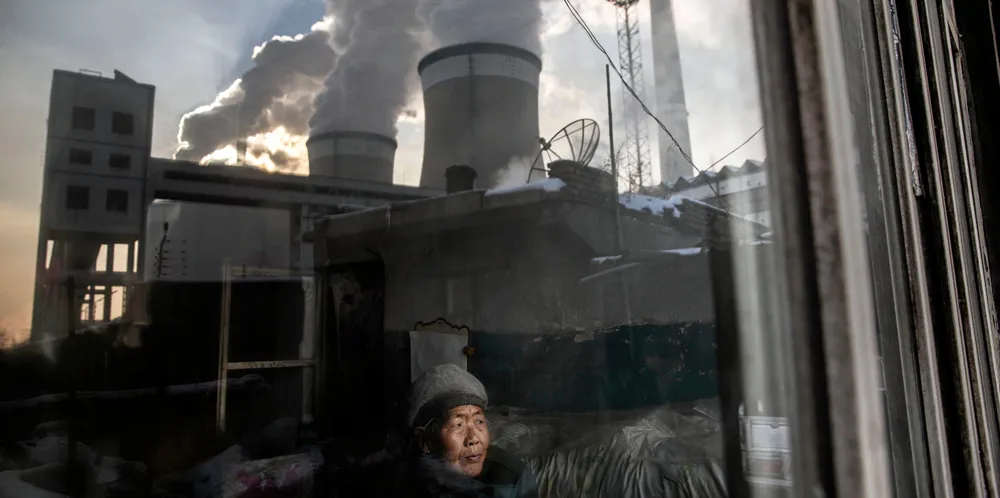China shocks and delights, wind fingered in UK gas crisis, and what now for US offshore's power couple?
Our curation of the must-read news and analysis from the-week-that-was in the global renewables industry

Our curation of the must-read news and analysis from the-week-that-was in the global renewables industry
